 I’m excited to share with you the incredible potential of bamboo clothing in mitigating drought conditions.
Traditional clothing manufacturing has a significant environmental impact, especially when it comes to water consumption. However, bamboo fabric offers a sustainable alternative that can help conserve water.
In this article, we will explore the benefits of bamboo fabric and how it can play a crucial role in alleviating drought conditions.
Get ready for a water-saving revolution!
I’m excited to share with you the incredible potential of bamboo clothing in mitigating drought conditions.
Traditional clothing manufacturing has a significant environmental impact, especially when it comes to water consumption. However, bamboo fabric offers a sustainable alternative that can help conserve water.
In this article, we will explore the benefits of bamboo fabric and how it can play a crucial role in alleviating drought conditions.
Get ready for a water-saving revolution!
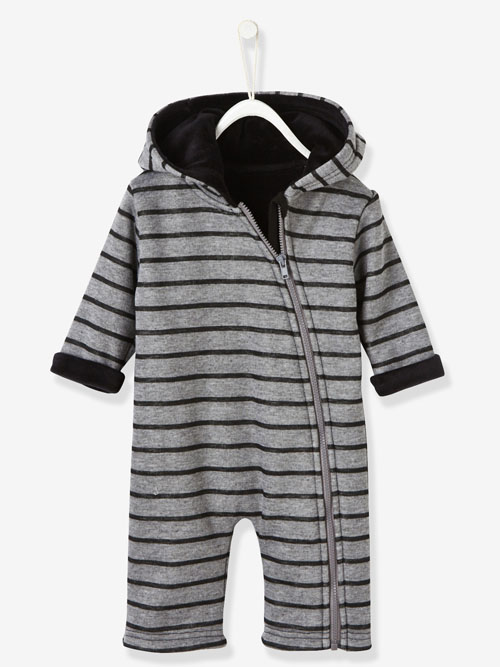
Contents
hide
Key Takeaways
- Traditional clothing manufacturing has a significant environmental impact, including excessive water usage and energy consumption.
- The fashion industry has high water consumption, with up to 2,700 liters of water needed to produce one cotton t-shirt.
- Bamboo clothing is gaining popularity as a sustainable alternative due to its minimal water requirements and renewable nature.
- Choosing bamboo clothing contributes to water conservation efforts and can help alleviate drought conditions in water-limited regions.
The Environmental Impact of Traditional Clothing Manufacturing
The environmental impact of traditional clothing manufacturing is significant, with large amounts of water and energy being used in the production process. As a consumer, I never really considered the environmental consequences of my clothing choices until recently. Learning about the excessive water usage and energy consumption in the production of traditional clothing shocked me. It made me realize that my everyday choices can have a real impact on the planet. From growing cotton to dyeing fabrics, the entire process requires an immense amount of water and energy, leading to pollution and depletion of natural resources. This realization has motivated me to explore alternative options like bamboo clothing, which has a much lower environmental impact. Making small changes in our clothing choices can make a big difference in conserving water and reducing carbon emissions.The Water Consumption of the Fashion Industry
You can’t ignore the enormous amount of water the fashion industry uses. As a consumer, I never really thought about the water footprint of the clothes I buy. But when I learned about it, it was shocking.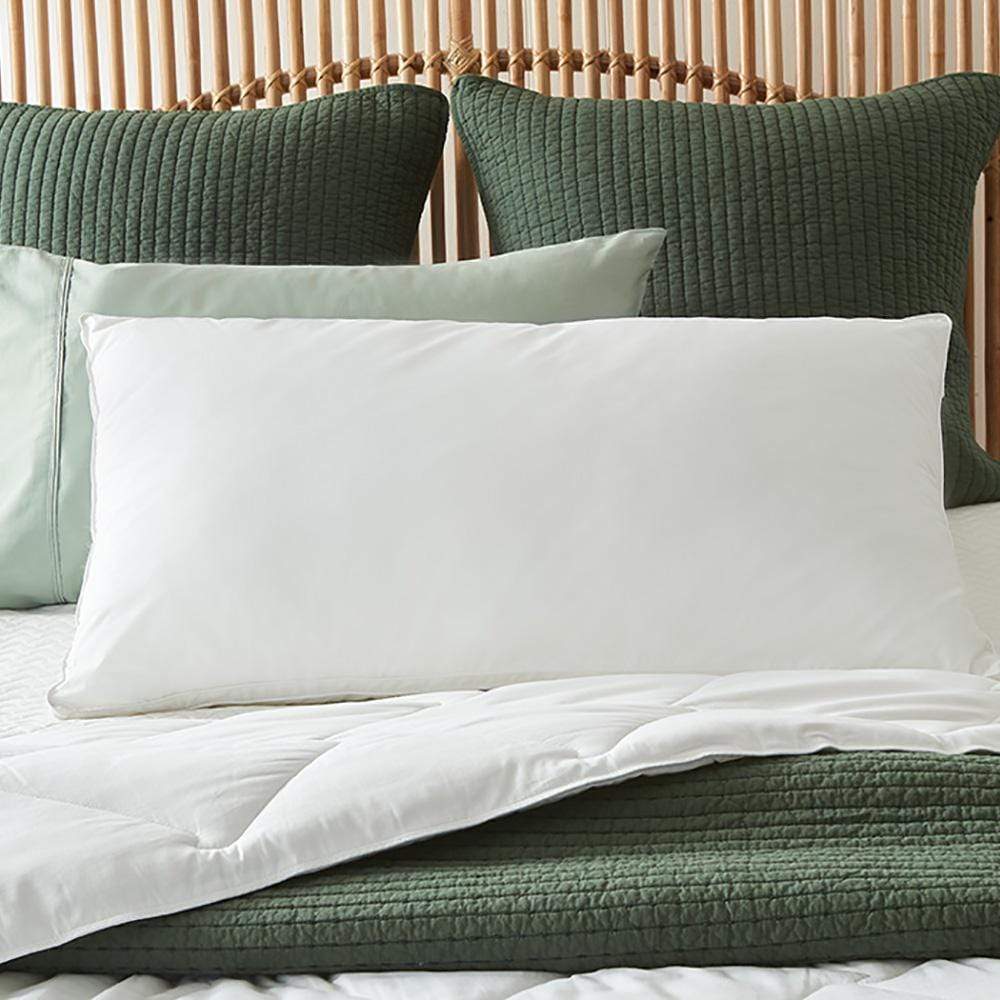 From growing cotton to dyeing fabrics, water is an integral part of the fashion supply chain. The industry is known for its high water consumption and pollution, with some estimates suggesting that it takes up to 2,700 liters of water to produce just one cotton t-shirt. This excessive water usage contributes to water scarcity, especially in regions already facing droughts.
It’s clear that we need to find more sustainable alternatives that use less water and minimize the environmental impact of our clothing choices.
From growing cotton to dyeing fabrics, water is an integral part of the fashion supply chain. The industry is known for its high water consumption and pollution, with some estimates suggesting that it takes up to 2,700 liters of water to produce just one cotton t-shirt. This excessive water usage contributes to water scarcity, especially in regions already facing droughts.
It’s clear that we need to find more sustainable alternatives that use less water and minimize the environmental impact of our clothing choices.
Bamboo Clothing: A Sustainable Alternative
Consider exploring the benefits of bamboo as an eco-friendly option for your wardrobe. Bamboo clothing is gaining popularity due to its sustainability. As someone who cares about the environment, I have found that bamboo clothing offers numerous advantages. First, bamboo is a highly renewable resource that grows quickly and requires minimal water compared to other crops. This makes it an excellent option for drought mitigation.
Additionally, bamboo fabric is incredibly soft, breathable, and hypoallergenic, making it perfect for those with sensitive skin.
Furthermore, bamboo has natural antibacterial properties, which helps reduce odors and keeps clothing fresh for longer.
It’s also worth noting that bamboo clothing is biodegradable, making it a more sustainable choice compared to synthetic materials.
First, bamboo is a highly renewable resource that grows quickly and requires minimal water compared to other crops. This makes it an excellent option for drought mitigation.
Additionally, bamboo fabric is incredibly soft, breathable, and hypoallergenic, making it perfect for those with sensitive skin.
Furthermore, bamboo has natural antibacterial properties, which helps reduce odors and keeps clothing fresh for longer.
It’s also worth noting that bamboo clothing is biodegradable, making it a more sustainable choice compared to synthetic materials.
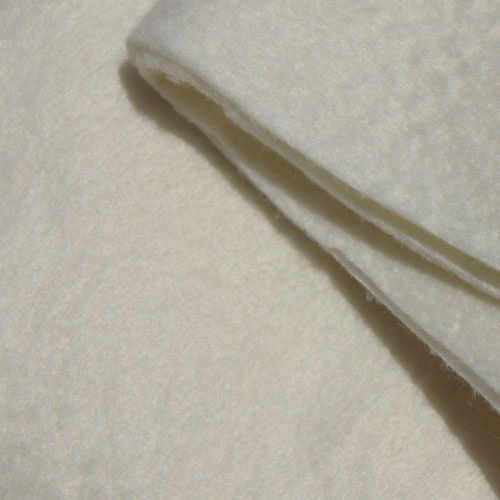
Benefits of Bamboo Fabric in Water Conservation
Growing bamboo requires significantly less water than other crops, making it a sustainable choice for fabric production. As someone who is passionate about sustainability, I am thrilled to know that by choosing bamboo clothing, I am contributing to water conservation efforts. Traditional cotton farming, for example, is notoriously water-intensive, consuming vast amounts of this precious resource. In contrast, bamboo is a highly adaptable plant that can thrive with minimal water requirements. This means that not only do bamboo farmers use less water, but they also help alleviate the strain on water sources in regions prone to drought.How Bamboo Clothing Can Help Alleviate Drought Conditions
Bamboo fabric has the potential to alleviate drought conditions by reducing water usage in regions prone to water scarcity. As someone passionate about sustainability, I am thrilled to see the positive impact that bamboo clothing can have on the environment. Traditional fabrics like cotton require vast amounts of water for cultivation and processing, making them unsustainable in regions with limited water resources. However, bamboo fabric is different. Bamboo is a highly renewable resource that requires significantly less water to grow. Additionally, the manufacturing process of bamboo fabric consumes less water compared to other fabrics.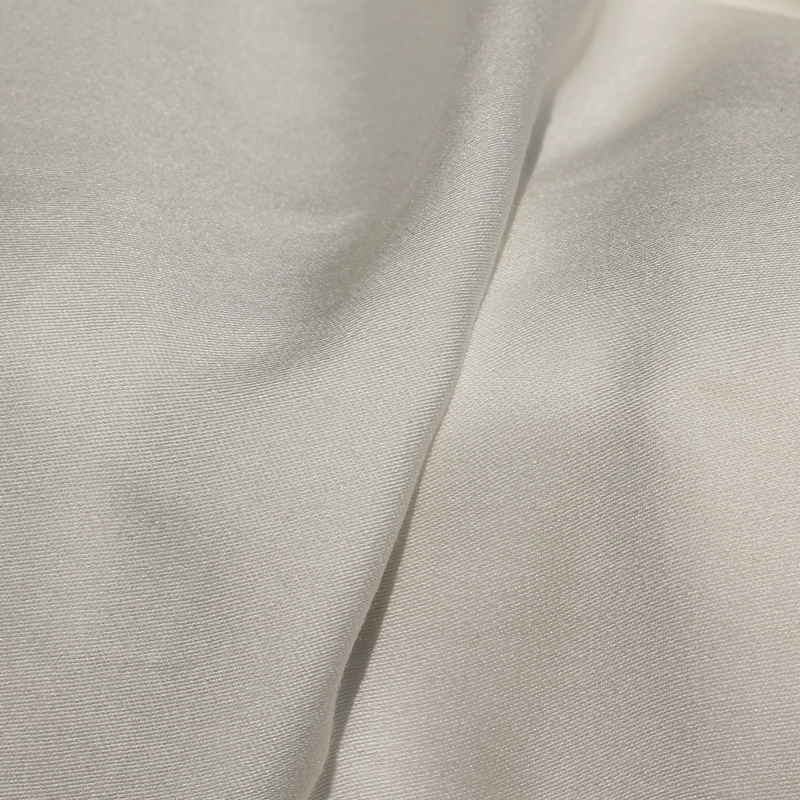
Frequently Asked Questions
How Does Traditional Clothing Manufacturing Impact Air Pollution?
Traditional clothing manufacturing impacts air pollution through the release of harmful chemicals and emissions from factories. These pollutants can contribute to smog, respiratory issues, and climate change.What Are the Energy Consumption Levels in the Fashion Industry?
The fashion industry’s energy consumption levels are significant. It is important to understand the impact of this on the environment and explore sustainable alternatives that can reduce energy usage and promote conservation.Are There Any Negative Effects of Using Bamboo as a Raw Material for Clothing?
There can be negative effects of using bamboo as a raw material for clothing. It may require large amounts of water for cultivation and processing, potentially contributing to water scarcity in drought-prone regions.How Does Bamboo Fabric Compare to Other Sustainable Alternatives?
Bamboo fabric is a sustainable alternative to other materials. It uses less water in production, making it a water-saving option. Compared to other sustainable alternatives, bamboo fabric stands out for its eco-friendly properties.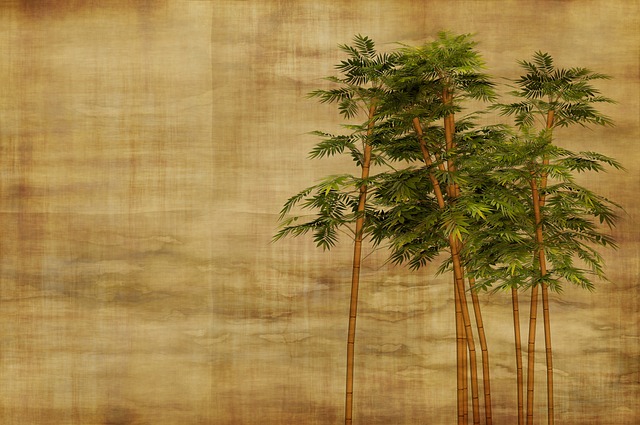
Can Bamboo Clothing Be Used in Regions Experiencing Water Scarcity Due to Drought Conditions?
Yes, bamboo clothing can be used in regions experiencing water scarcity due to drought conditions. It requires less water to grow compared to traditional cotton, making it a more sustainable option.Conclusion
In conclusion, I’m truly amazed by the potential of bamboo clothing in mitigating drought and conserving water. The fashion industry’s excessive water consumption has been a major concern, but with the rise of sustainable alternatives like bamboo fabric, we can make a significant difference. Not only does bamboo clothing require less water during manufacturing, but it also has the ability to alleviate drought conditions by reducing the strain on water resources.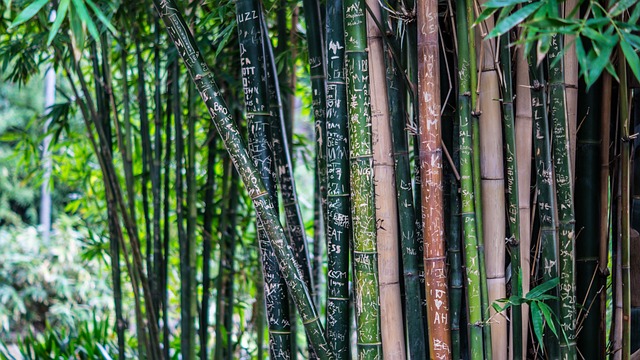 Embracing bamboo clothing is a step towards a water-saving revolution that can have a lasting impact on our environment.
Embracing bamboo clothing is a step towards a water-saving revolution that can have a lasting impact on our environment. 